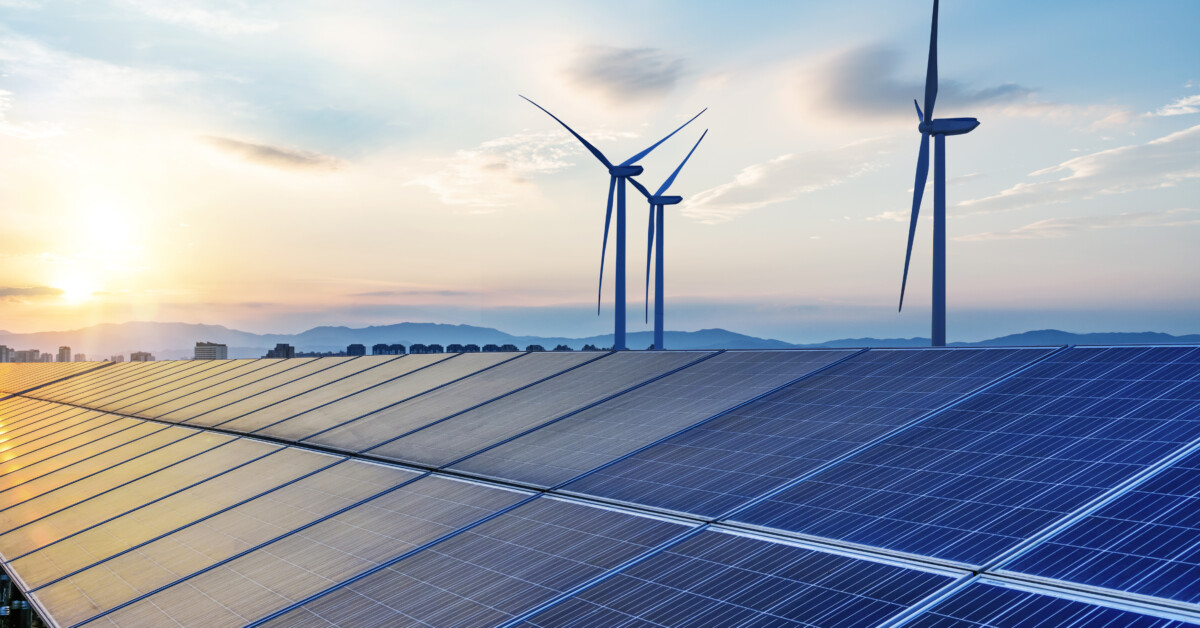
Report on Green Energy Subsidies and the Sustainable Development Goals (SDGs)
Introduction
The ongoing debate in the U.S. Senate regarding the retention of Green New Deal-style subsidies from the Inflation Reduction Act raises critical questions about the nation’s position in the global clean energy race, particularly vis-à-vis China. This report examines the implications of maintaining or repealing these subsidies, with a focus on their alignment with the Sustainable Development Goals (SDGs).
Lobbyist Perspectives and the China Factor
Lobbyists, including prominent organizations such as the American Petroleum Institute and the National Association of Manufacturers, emphasize the risk of losing ground to China in clean energy technologies. A recent letter highlights concerns over repealing tax credits for green hydrogen, warning that:
- China and other countries may advance further in meeting global demand for hydrogen-based energy molecules.
- Maintaining subsidies is crucial to sustaining U.S. competitiveness in emerging energy markets.
This perspective primarily relates to SDG 7 (Affordable and Clean Energy) and SDG 9 (Industry, Innovation, and Infrastructure), emphasizing innovation and infrastructure development in clean energy sectors.
Historical Context of Energy Subsidies
- Since the 1970s oil shocks, the U.S. Congress has frequently attempted to support emerging energy technologies through subsidies.
- Many subsidized alternatives, including hydrogen, wind, and solar energy, have remained dependent on government support for decades.
- Examples of past government-supported projects, such as coal-to-gasoline conversion and algae fuels, failed to achieve sustainable market success despite significant subsidies.
This history underscores challenges in achieving SDG 12 (Responsible Consumption and Production) by highlighting inefficiencies in resource allocation and the need for sustainable energy solutions.
Market-Driven Innovation: The Case of Fracking
Contrasting with subsidized technologies, hydraulic fracturing (fracking) emerged as a transformative energy breakthrough without reliance on government incentives. This market-driven innovation demonstrates:
- The potential of free-market mechanisms to drive energy advancements.
- The importance of fostering competitive environments to achieve SDG 8 (Decent Work and Economic Growth) and SDG 9.
Implications for Sustainable Development Goals
The debate over subsidies intersects with multiple SDGs:
- SDG 7: Ensuring access to affordable, reliable, sustainable, and modern energy.
- SDG 9: Building resilient infrastructure and fostering innovation in clean energy technologies.
- SDG 12: Promoting sustainable consumption and production patterns by avoiding inefficient subsidies.
- SDG 13: Taking urgent action to combat climate change by supporting effective clean energy solutions.
Conclusion and Recommendations
Evidence suggests that continued subsidies for certain clean energy technologies may not yield the desired competitive advantage and could lead to inefficient use of public funds. The U.S. government is advised to:
- Reassess and potentially repeal subsidies that have not demonstrated sustainable market success.
- Encourage innovation through market-driven approaches that align with SDGs.
- Focus on policies that promote genuine advancements in clean energy, supporting long-term sustainability and economic growth.
By aligning energy policy with the Sustainable Development Goals, the U.S. can foster a more effective and sustainable clean energy future.

1. Sustainable Development Goals (SDGs) Addressed or Connected
-
SDG 7: Affordable and Clean Energy
- The article discusses subsidies for clean energy technologies such as green hydrogen, wind, and solar power.
- It highlights the competition in clean energy development, particularly between the US and China.
-
SDG 9: Industry, Innovation and Infrastructure
- The article touches on innovation in energy technologies, including fracking and alternative fuels.
- It critiques government intervention in picking winners and losers in energy innovation.
-
SDG 13: Climate Action
- Subsidies for clean energy are related to efforts to reduce greenhouse gas emissions and combat climate change.
- The debate on maintaining or repealing subsidies impacts climate action policies.
2. Specific Targets Under Those SDGs
-
SDG 7 Targets
- Target 7.2: Increase substantially the share of renewable energy in the global energy mix.
- Target 7.a: Enhance international cooperation to facilitate access to clean energy research and technology.
-
SDG 9 Targets
- Target 9.5: Enhance scientific research, upgrade technological capabilities of industrial sectors.
-
SDG 13 Targets
- Target 13.2: Integrate climate change measures into national policies, strategies, and planning.
3. Indicators Mentioned or Implied to Measure Progress
-
SDG 7 Indicators
- Proportion of population with access to electricity (implied as clean energy access is discussed).
- Renewable energy share in total final energy consumption (implied through discussion of subsidies for renewable technologies).
-
SDG 9 Indicators
- Research and development expenditure as a proportion of GDP (implied in discussion of innovation and technology development).
- Number of patents filed in clean energy technologies (implied through mention of innovation breakthroughs like fracking).
-
SDG 13 Indicators
- Greenhouse gas emissions per unit of GDP (implied through the focus on clean energy and climate action).
- Number of countries with national climate change strategies (implied through policy debates on subsidies and climate measures).
4. Table of SDGs, Targets, and Indicators
| SDGs | Targets | Indicators |
|---|---|---|
| SDG 7: Affordable and Clean Energy |
|
|
| SDG 9: Industry, Innovation and Infrastructure |
|
|
| SDG 13: Climate Action |
|
|
Source: cei.org







